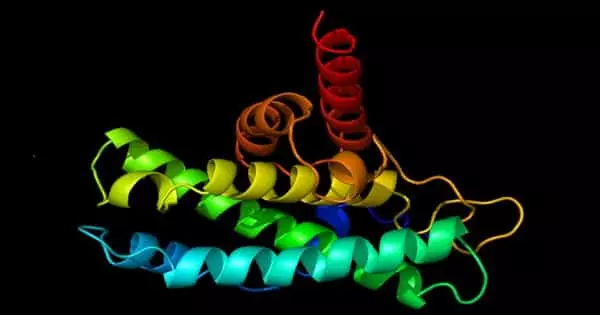An ecotone is a zone of transition between two biological communities where the two communities meet and merge. It is a zone where the traits of two contiguous ecosystems mix and overlap, resulting in a distinct environment with its own set of species and ecological dynamics. It can be local (the zone between a field and a forest) or regional (the transition between forest and grassland habitats). Ecotones are present in a variety of natural settings, such as forests, marshes, grasslands, and aquatic ecosystems.
An ecotone can show on the ground as a gradual mixing of the two groups over a large area, or as a clear boundary line. Ecotones are essential ecologically because they frequently contain higher biodiversity and are vital for the exchange of energy, nutrients, and animals between adjacent ecosystems. This exchange has the potential to increase genetic variety and adaptation.
The characteristics of an ecotone are determined by the habitats it separates. A forest-to-grassland ecotone, for example, may have a diversity of tree and grass species, whilst a freshwater-to-marine ecotone may contain a variety of aquatic animals adapted to varied salinity levels.
Because ecotones indicate areas of ecological transition and can be sensitive to environmental changes and disturbances, they are useful in ecological studies, conservation initiatives, and land management. Ecotones are studied by ecologists to gain a better understanding of how species interact, adapt, and coexist in these dynamic zones. Furthermore, conserving ecotones can help maintain biodiversity and ecosystem resilience in the face of climate change and habitat disturbance.
Although they can contain species from both nearby ecosystems, these transitional zones frequently exhibit distinct and diverse biological traits. Ecotones are distinguished by their greater biodiversity when compared to the separate ecosystems they connect. They are critical in supporting a wide range of species and facilitating the transfer of energy and nutrients between ecosystems. They can also act as key migration corridors for some plant and animal species.
















